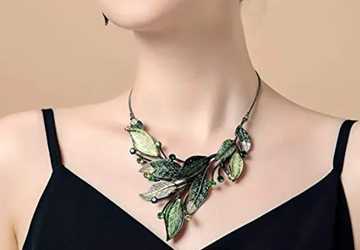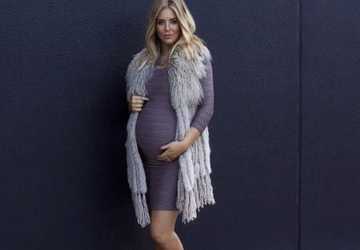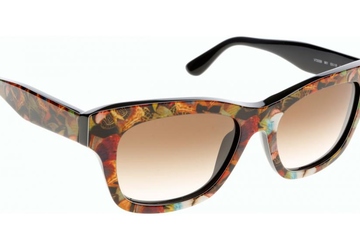When to Replace Your Wardrobe Staples
Wardrobe staples form the backbone of our daily attire, often overshadowed by more eye-catching pieces but just as crucial. Recognizing when to replace wardrobe staples is akin to maintaining the foundation of your personal style house. Like any well-used tool, these items have a lifecycle, and refreshing them at the right time ensures your overall look remains polished and put together.
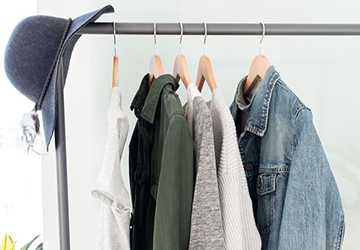
Identifying When Your Basics Have Worn Out
It's crucial to be vigilant about the condition of your essential clothing items. Observing specific deterioration signals can alert you when to replace wardrobe staples. Before diving into the best time to update wardrobe basics, it's essential to understand the signs that your staples are due for a replacement. Here's what to keep an eye out for:
Detectable Changes in Appearance and Texture
l Color Loss: When your clothes lose their vibrant color and start to look washed out, it's an unmistakable hint they need replacing.
l Wear at the Edges: Look for signs of fraying or roughened edges, common indicators of a garment reaching its end.
l Threads and Fastenings Giving Way: Keep track of loose threads or buttons. This unravelling suggests the piece is nearing the end of its usefulness.
l Surface Texture Alterations: If the fabric begins to pill or develop small balls of fiber, it affects both the feel and appearance of the clothing.
l Loss of Original Shape: Clothes stretching out or hanging differently on your body are likely past their prime.
l Thinning Material: Over time, the fabric may become thin, especially in areas of frequent friction, revealing the garment's age.
Persistent Smells: If odors linger even after a good wash, it's a sign that the material is no longer fresh and may need to be replaced.
Core Items: The Case of T-Shirts and Jeans
Comfort and Fabric Integrity: T-shirts should remain soft and retain their shape. They're no longer at their best when they start to feel coarse or show signs of thinning.
Durability and Wear in Jeans: Although jeans might have a longer lifespan, they're not immune to wear. Notably, the areas around the seams and knees are the first to show signs of distress.
When these indicators arise, it's a strong signal that the time has come to buy new basics. Despite their resilient nature, these items see the most wear and, as such, need to be refreshed more frequently to keep your look crisp and well-maintained.
Seasonal Considerations
It may be the best time to update wardrobe selections as seasons change. However, savvy shoppers know to anticipate their needs and shop off-season. Not only does this strategy save money, but it also prepares your wardrobe for the upcoming season. Spring: Look for end-of-winter sales to replace heavier items like coats and boots. Summer: Late spring is an excellent time to assess and acquire new basics like shorts and T-shirts. Fall: This season is ideal for purchasing new jeans and layering pieces as the weather cools. Winter: Post-holiday sales are perfect for updating warm staples like sweaters and thermal layers.
Timing Your Purchases
When to buy new basics isn't just about the signs of wear or the changing seasons; it's also about timing your purchases with sales and your budget cycle. If you plan a monthly or quarterly budget, aligning your wardrobe updates with this cycle can help spread out expenses.
Maximizing Wardrobe Longevity
To delay the inevitable, here are some tips to maximize the life of your wardrobe essentials:
Follow care labels to ensure proper washing and drying techniques. Rotate items to avoid overusing a single piece. Store clothes properly — hang what should be turned and fold the rest. Treat stains immediately and appropriately to prevent permanent damage.
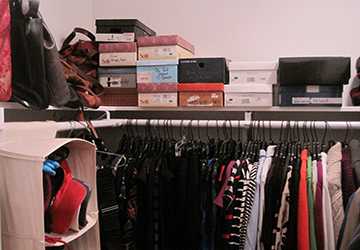
Strategic Shopping: Aligning Sales with Wardrobe Needs
Strategic shopping is your best ally when it comes to replacing wardrobe staples. End-of-season sales and clearance events are prime times for replenishing your basics at a fraction of the cost. Planning lets you predict when to buy new basics without breaking the bank.
Leveraging Discounts and Promotions
To take full advantage of sales cycles:
Sign up for newsletters and loyalty programs of your favorite stores to get early notifications of sales. Follow fashion blogs and websites that alert readers to upcoming deals. Consider shopping online for comparison-shopping tools that help find the best prices across multiple retailers.
The Importance of Quality Over Quantity
While purchasing several cheaper items is tempting, investing in higher-quality wardrobe staples often means they will last longer and withstand wear better. Quality sometimes equates to a low-price tag, but it does mean selecting items made with durable materials and solid construction. Remember, replacing wardrobe staples less frequently saves you time and money in the long run.
Quality Indicators to Look For
Natural fibers like cotton, wool, and linen endure and age better than many synthetics. Double stitching and well-constructed seams are signs of a garment built to last. Reviews and recommendations can lead you to brands known for durability.
Mindful Disposal and Recycling Options
Textile recycling programs can turn old clothes into industrial rags or upholstery stuffing. Donation centers give clothes a second life and support charitable causes. Clothing swap events are both eco-friendly and fun to freshen up your wardrobe.
Conclusion
There's no one-size-fits-all answer to when to buy new basics but being attentive to the condition of your clothes and the seasons will put you in a good position. Replacing wardrobe staples is a periodic necessity that, when done wisely, can be seamlessly integrated into your life and budget. Remember, your wardrobe staples work hard for you. Giving them timely updates is not only an investment in your appearance but also a nod to the enduring power of classic style. Keep the renewal cycle going; your wardrobe will always serve you well, from the boardroom to the casual brunches of your weekends.
